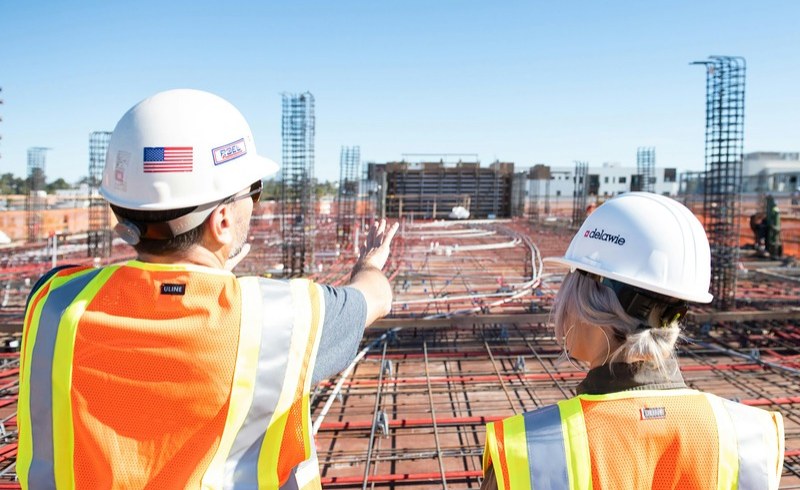In Namibia’s rapidly developing built environment, consulting engineers play a vital role in shaping infrastructure that is safe, sustainable, and suited to the country’s diverse conditions.
Among the major specialisations, civil, structural, and mechanical engineers are often at the forefront of public and private sector projects. While their work sometimes overlaps, each type of consulting engineer brings a distinct set of skills and responsibilities to the table.
Understanding the differences between these roles is essential for anyone engaging in construction and infrastructure planning, or industrial development.
Civil Engineers are the Infrastructure Architects
Civil consulting engineers are perhaps the most broadly involved in infrastructure development . In Namibia, they are typically responsible for the planning, design, and supervision of construction projects such as roads, bridges, water supply systems, stormwater networks, and municipal services.
Their work often begins with site assessments and feasibility studies, continuing through to project design, tender documentation, and on-site quality control.
Given Namibia’s arid climate and vast distances between urban centres, civil engineers also focus heavily on water conservation systems, road durability under extreme conditions, and sustainable land use.
In rural and semi-urban areas, civil engineers are essential to delivering essential infrastructure for sanitation, irrigation, and water access – issues that are central to long-term national development goals.
Structural Engineers are the Load-Bearing Specialists
While structural engineering is technically a sub-discipline of civil engineering, it requires a highly specialised focus. Structural consulting engineers are tasked with ensuring that buildings, bridges, towers, and other structures are safe, stable, and capable of withstanding both environmental pressures and daily use.
In Namibia, structural engineers often work in collaboration with architects and civil engineers to design the “bones” of a structure.
They determine the correct types of materials (such as reinforced concrete, steel, or timber) and calculate how these materials will behave under various loads. Earthquake resistance , wind shear, and foundation stability are some of the many factors they must consider.
In urban areas like Windhoek and Walvis Bay, where commercial and multi-storey buildings are more prevalent, structural engineers play an increasingly important role in supporting the country’s economic growth through safe and efficient design.
Mechanical Engineers are the Systems and Machinery Experts
Mechanical engineers in Namibia typically work on the design and integration of mechanical systems within buildings and industrial environments. These include heating, ventilation and air conditioning (HVAC), water pumps, elevators, fire suppression systems, and renewable energy systems like solar water heating or wind turbines.
In sectors such as mining, manufacturing, and agriculture – pillars of the Namibian economy – mechanical engineers are responsible for designing, maintaining, and upgrading machinery and equipment. Their expertise provides operational efficiency, safety, and environmental compliance across a range of industries.
Mechanical engineering consultants are particularly important in remote or high-temperature areas, where energy efficiency and durability are critical to long-term viability.
Conclusion
Civil, structural, and mechanical consulting engineers each contribute uniquely to Namibia’s infrastructure and industrial landscape. Understanding their distinct roles helps businesses, municipalities, and developers select the right expertise for their projects, and provides better outcomes for the nation as a whole.

